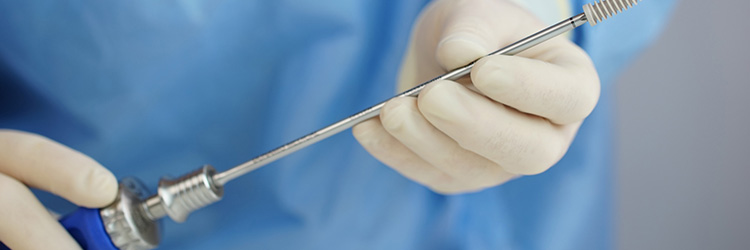
Leave a message

Doctor Oduntan treats disorders and diseases of the brain, spine and nerves. He skilfully performs a range of cranial and spinal surgeries for both adults and children. Dr Oduntan endeavours to offer minimally invasive surgeries to patients wherever clinically possible.
Minimally invasive procedures mean patients spend less time at the hospital. A local anaesthetic is used during the procedure, which reduces the risk of an allergic reaction. As opposed to open surgery, minimally invasive surgical approaches can minimize trauma to the muscles and soft tissues, resulting in:
Minimally invasive procedures use microsurgical techniques such as an operating microscope and/or an endoscope. Typical examples are:
As with any procedure, Doctor will discuss the preparation, rehabilitation and risks with his patients.